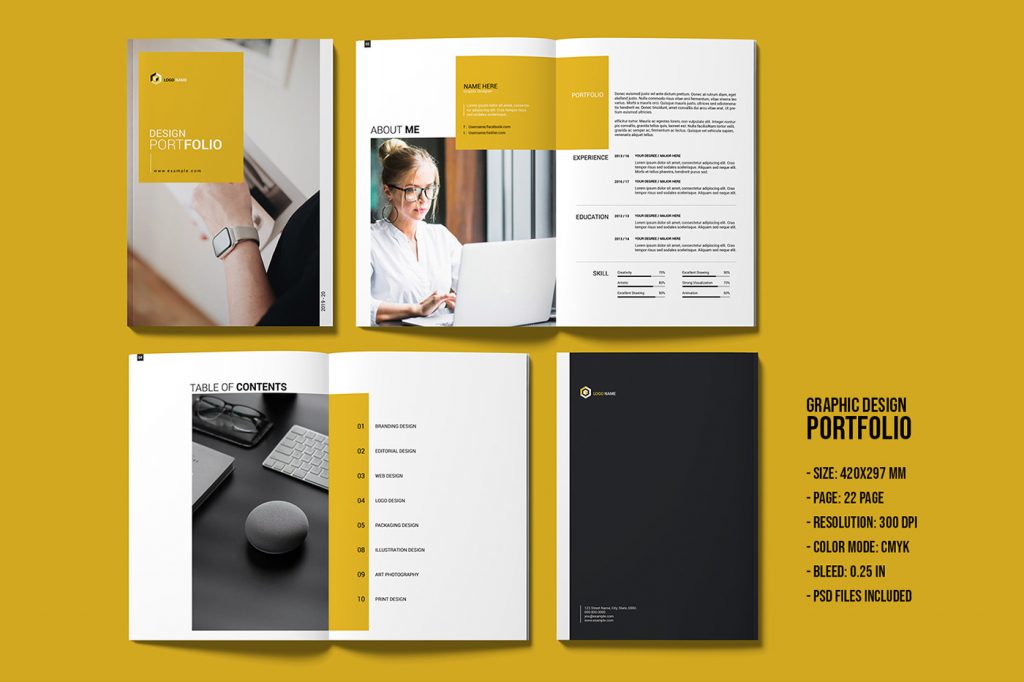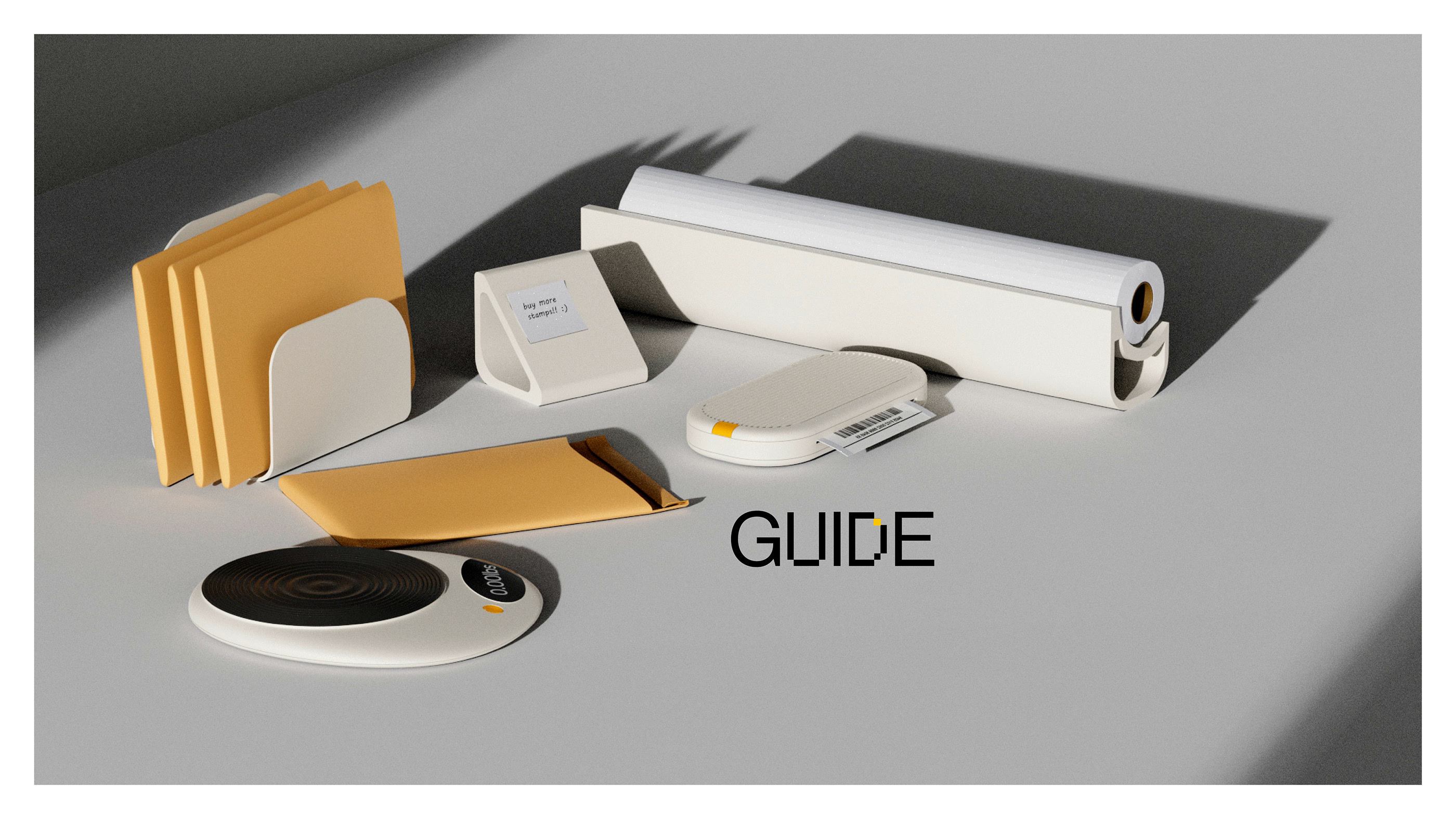Are you a creative looking to showcase your amazing work? Then Behance might just be your new best friend! This platform is a vibrant community where artists, designers, and creatives from all walks of life come together to share their projects. It’s not just a portfolio site; it’s a place to gain visibility, connect with like-minded individuals, and attract potential clients. Let’s dive into why Behance is essential for anyone in the creative field!
Why Choose Behance?
- Networking Opportunities: Behance allows you to connect with other professionals and even collaborate on projects.
- Exposure: With millions of users, your work can reach a broader audience, increasing your chances of being discovered.
- Feedback and Inspiration: Gain valuable feedback on your work and find inspiration from others’ projects.
- Easy Sharing: Share your projects across social media platforms to enhance visibility.
In short, Behance is more than just a gallery; it’s a catalyst for creative growth. Whether you’re a seasoned pro or just starting, having a presence on Behance can significantly impact your career. Ready to get started? Let’s create your account!
Getting Started: Creating Your Behance Account

Creating a Behance account is a breeze! Follow these steps to set up your profile and start showcasing your projects:
- Visit Behance.net: Open your web browser and type in the URL. Once there, you’ll see a welcoming interface inviting you to join the creative community.
- Sign Up: Click on the "Sign Up" button. You can register using your Adobe ID, Facebook, or Google account. This makes the process quick and easy!
- Fill in Your Profile Information: After logging in, it’s time to personalize your profile. Include your name, a profile picture, and a short bio that reflects your creative journey. Don't forget to add your skills!
- Select Your Creative Fields: Behance allows you to choose up to five creative fields. This helps tailor your feed and connect you with relevant projects and professionals.
- Link Your Social Media: Integrate your other social media accounts to maximize your exposure. This way, your followers can easily find your work on Behance!
- Explore and Follow: Start exploring projects that resonate with you. Follow other creatives to stay updated and get inspired!
Once your account is set up, it's time to dive into creating your first project. Remember, your Behance profile is your digital portfolio, so make it shine! Share your passion, and don’t be afraid to showcase your unique style. Excited? You should be—your creative adventure is just beginning!
Also Read This: How to Use Behance Templates: Leveraging Templates for Efficient Portfolio Creation
3. Preparing Your Project for Publication

Before you hit that publish button on Behance, it’s crucial to prepare your project meticulously. This phase can significantly impact how your work is perceived, so let’s dive into the essential steps.
1. Refine Your Content: Take a moment to review and polish your project. Ensure that your visuals are high-quality and your descriptions are clear and engaging. Consider the story you want to tell through your project. Every image, every word should add value and contribute to that narrative.
2. Choose the Right Format: Behance supports various formats, including images, videos, and even interactive content. Depending on your project, select the format that best showcases your work. For instance, if you’re a graphic designer, a series of high-resolution images might be ideal. If you're a motion designer, including a video can bring your project to life.
3. Create an Engaging Cover Image: The first thing viewers will see is your cover image, so make it count! Use an eye-catching visual that encapsulates your project. This could be a standout piece or a collage of your work. Remember, this image will be your project's hook!
4. Write a Compelling Project Description: Your project description should be concise yet informative. Start with a brief overview that explains what the project is about. Then, delve into the details: the inspiration behind the project, the process you followed, challenges you faced, and the solutions you implemented. Use this space to connect with your audience on a personal level.
5. Organize Your Content: Structure is key! Use headers, bullet points, and even tables to make your content easy to digest. For example, if you're showcasing a series of designs, clearly label each section or phase of your project. This organization helps viewers navigate through your story effortlessly.
By taking the time to prepare your project thoughtfully, you’re setting yourself up for a successful publication. Remember, this is your opportunity to shine and to showcase your unique perspective!
Also Read This: How Many Pixels to the Fold on Behance Project Optimizing Your Portfolio’s Layout
4. Steps to Publish Your Project on Behance

Now that you’ve prepared your project, it’s time to share it with the world! Here’s a straightforward guide to publishing your work on Behance.
Step 1: Log In or Create an Account
First things first, you’ll need to log in to your Behance account. If you don’t have one yet, signing up is easy! Just head to Behance.net, click on the “Sign Up” button, and follow the prompts.
Step 2: Start a New Project
Once you’re logged in, click on the “Create a Project” button located on your dashboard. This will take you to the project creation page where the magic happens!
Step 3: Upload Your Content
- Add Images and Videos: Drag and drop your visuals into the upload area. You can also use the “Upload” button to select files from your computer.
- Insert Text: Use the text editor to add your project description, titles, and any necessary information. Remember to format it well!
Step 4: Customize Your Project
Behance allows you to arrange your content beautifully. You can reorder images and text blocks to create a visually appealing layout. Play around with the arrangement until it feels just right!
Step 5: Add Tags and Tools
Tags are essential for discoverability. Make sure to add relevant tags that reflect your project’s theme, style, and medium. Additionally, specify the tools you used—this can attract other creatives who use the same software.
Step 6: Preview Your Project
Before you publish, take a moment to preview your project. This step is crucial! Check for any errors, see how it looks on both desktop and mobile views, and ensure everything flows nicely.
Step 7: Publish!
Once you’re satisfied with how everything looks, hit the “Publish” button! Your project is now live for the world to see. Don’t forget to share it on social media or through your networks to maximize its reach!
Publishing on Behance is not just about showcasing your work; it's about expressing your creativity and connecting with a vibrant community of designers and artists. So, go ahead and let your projects shine!
Also Read This: How to Add a Project in Behance: A Step-by-Step Guide to Uploading New Work
5. Promoting Your Published Projects
Once you've published your projects on Behance, it's time to showcase them to the world! Promotion is key to gaining visibility and attracting the right audience. Here are some effective strategies to promote your projects:
- Leverage Social Media: Share your Behance projects on platforms like Instagram, Twitter, and Facebook. Use relevant hashtags, such as #Behance, #Design, or #Art, to reach a wider audience.
- Engage in Online Communities: Join forums, groups, or communities related to your niche. Platforms like Reddit or Facebook Groups can be great places to share your work and receive feedback.
- Network with Fellow Creatives: Connect with other designers and artists on Behance. Collaborate on projects or simply share each other’s work to cross-promote and expand your audience.
- Utilize Email Marketing: If you have a mailing list, send out a newsletter featuring your latest projects. Always include visuals that link back to your Behance portfolio.
- Create a Blog or Website: If you haven’t already, consider starting a blog to discuss your projects, the creative process, and industry insights. Link back to your Behance profile for more exposure.
Don't forget to keep your audience engaged by regularly updating your projects and sharing behind-the-scenes content. This can create a narrative around your work, fostering a deeper connection with your audience.
6. Conclusion: Tips for Continued Success on Behance
Publishing and promoting your projects on Behance is just the beginning of your creative journey. To ensure continued success, consider these practical tips:
- Stay Consistent: Regularly update your portfolio with new projects. Consistency keeps your audience engaged and shows that you are active in your field.
- Solicit Feedback: Don’t shy away from asking for critiques. Constructive feedback can help you improve your skills and make your future projects even better.
- Participate in Challenges: Behance often hosts creative challenges. Join these to push your boundaries and showcase your adaptability as a designer.
- Track Your Progress: Use Behance's analytics tools to monitor how your projects are performing. This can provide insights into what your audience loves and what might need improvement.
- Stay Inspired: Follow other creatives on Behance and beyond. Inspiration can come from various sources, and staying connected with the community can fuel your creativity.
Remember, success on Behance is a marathon, not a sprint. By promoting effectively and continuously honing your skills, you’ll build a strong presence within the creative community. Happy publishing!
 admin
admin








